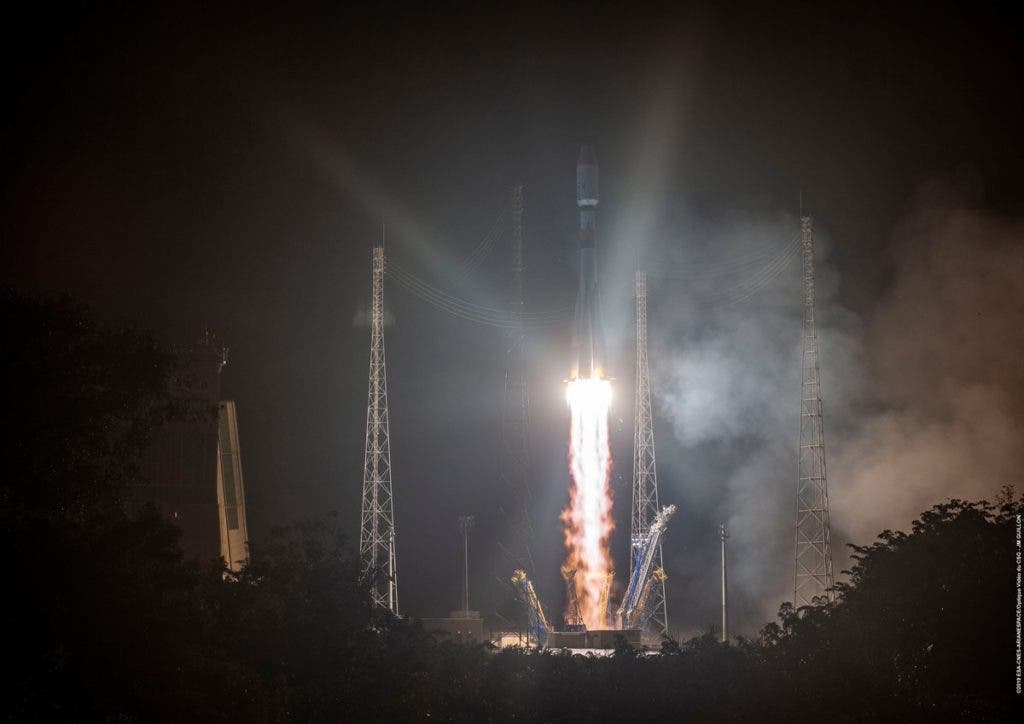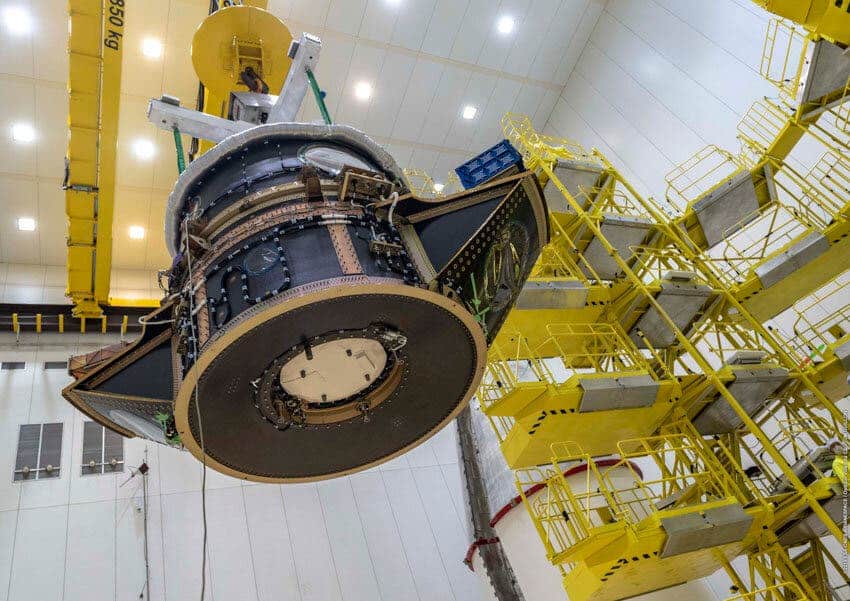After an initial setback yesterday (17/12/19) due to a software error, the European Space Agency’s (ESA) CHaracterising ExOPlanets Satellite — or CHEOPS — telescope has finally launched from the European Spaceport in Kourou, French Guiana.

CHEOPS was aboard a Russian Soyuz-Fregat rocket which blasted off at 9:54 am European time. The Rocket will take approximately 145 minutes to place the CHEOPS unit into a rare pole to pole low-Earth orbit.
The telescope hitched a ride with an Italian radar satellite, the rocket’s primary payload.

CHEOPS is the result of a collaboration between 11 member countries within the ESA, with Switzerland taking the lead on the project. Two of the country’s leading Universities — the University of Geneva and the University Bern — worked together to equip CHEOPS with a state of the art photometer.
This powerful device will measure changes in the light emitted by nearby stars as planets pass by — or transit — them. This examination reveals many details about a planet’s characteristics, its diameter, and details of its atmosphere in particular.

By combining a precise measurement of diameter with a measurement of mass, collected by an alternative method, researchers will then be able to determine a planet’s density. This, in turn, can lead to them deducing its composition and internal structure.
CHEOPS was completed in a short time with an extremely limited budget of around 50-million Euros.
“CHEOPS is the first S-class mission for ESA, meaning it has a small budget and a short timeline to completion,” explains Kate Issak, an ESA/CHEOPS project researcher. “Because of this, it is necessary for CHEOPS to build on existing technology.”
CHEOPS: Informed by the past, informing the future
The project is acting as a kind of ‘middle-man’ between existing exoplanet knowledge and future investigations. It is directed to perform follow-up investigations on 400–500 ‘targets’ found by NASA planet-hunter Transiting Exoplanet Survey Satellite (Tess) and its predecessor, the Kepler observatory. Said targets will occupy a size-range of approximately Earth-Neptune.

This mission then fits in with the launch of the James Webb Telescope in 2021 and further investigation methods such as the Extremely Large Telescope array in the Chilean desert, set to begin operations in 2026. It will do this by narrowing down its initial targets to a smaller set of ‘golden targets’. Thus, meaning its investigation should help researchers pinpoint exactly what planets in close proximity to Earth are worthy of follow-up investigation.
“It’s very classic in astronomy that you use a small telescope ‘to identify’, and then a bigger telescope ‘to understand’ — and that’s exactly the kind of process we plan to do,” explains Didier Queloz, who acted as chair of the Cheops science team. “Cheops will now pre-select the very best of the best candidates to apply to extraordinary equipment like very big telescopes on the ground and JWST. This is the chain we will operate.”
Queloz certainly has pedigree when it comes to exoplanets. The astrophysics professor was jointly awarded the 2019 Nobel Prize in Physics for the discovery of the first exoplanet orbiting a Sun-like star with Michel Mayor.
The first task of the science team operating the satellite, based out of the University of Bern, will be to open the protective doors over the 30 cm aperture telescope — thus, allowing CHEOPS to take its first glimpse of the universe.









